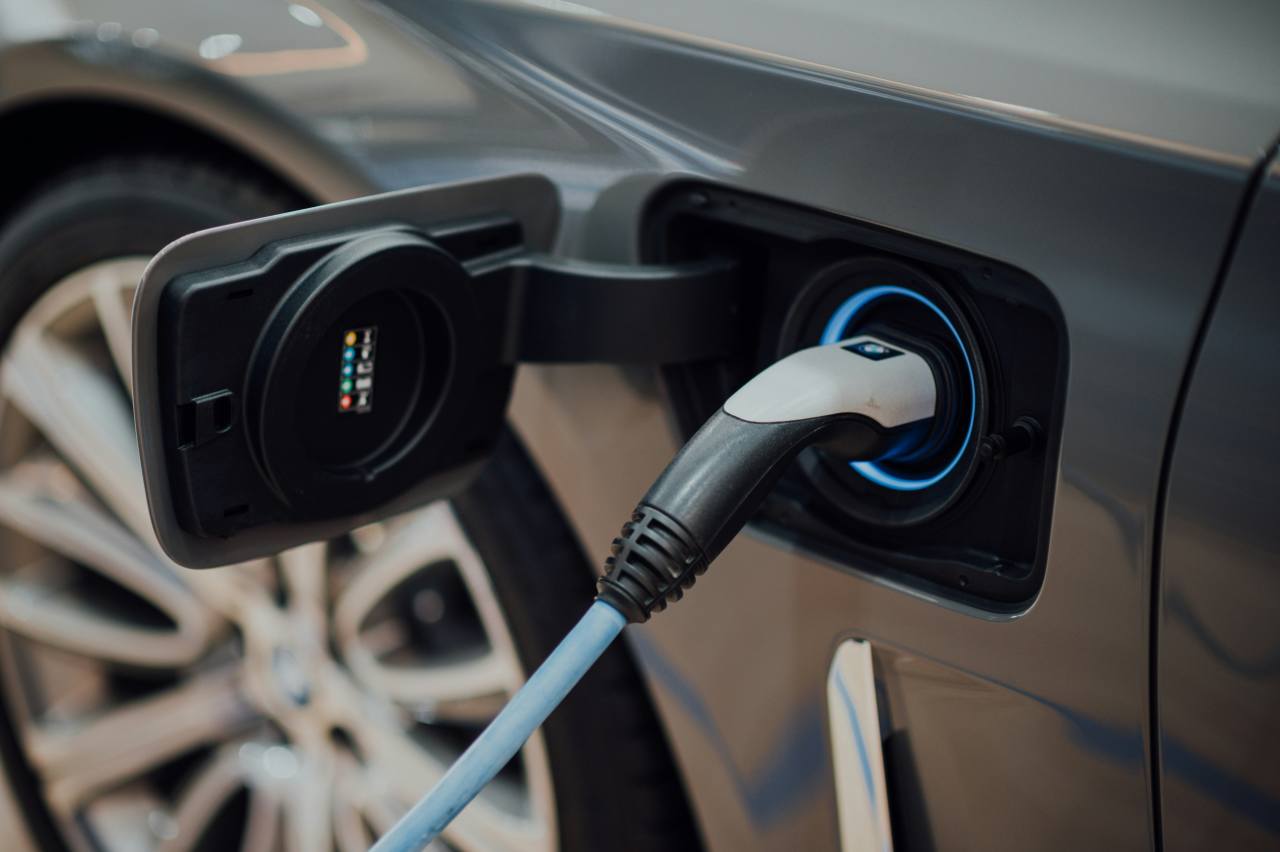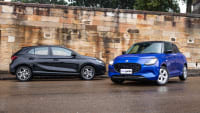Q: What happens if your electric car runs out of battery?
A: A modern EV won’t just suddenly stop in the middle of the road if it runs out of charge. While it’s tempting to think than an electric car flat battery is the same as an empty fuel tank in a conventional car, an EV is actually a bit smarter than that.
It will try to protect its occupants and other road users if the unthinkable happens and it’s in danger of depleting its batteries.
Even so, many would-be EV owners find themselves asking what happens if my electric car runs out of power.
Different manufacturers have different protocols for what happens when the batteries are empty, but they all have strategies along similar lines. So, let’s look at precisely what happens when a Hyundai Ioniq threatens to run out of volts.
When the vehicle’s battery has dropped to 10 per cent of its capacity, the driver gets a warning light to alert them of the fact (similar to a petrol or diesel car’s low-fuel warning light).
At that point, the vehicle goes into preservation mode and should still have between 30 and 40km of range depending on the driving speed, terrain, ambient temperature and what accessories are also running (such as the air-conditioning and lighting).
Part of that preservation mode may include switching off the 'creep' function, so the vehicle may roll back on a hill when the battery is this low.
From there, the car basically does everything it can to get you to a charging point, and it does so by simply winding back the power (and therefore, the performance) as it gets ever closer to zero charge.
.jpg)
The idea is that limping slowly into a charge point is better than not making it at all. Drivers of conventional cars often do the same thing when they’re in danger of running out, but in the EV’s case, the car does the thinking for you.
But what then? What if you just can’t make it to a charging point? At that point, the vehicle will – as will any vehicle with no fuel in it – come to a stop. Hopefully, the driver has made use of the car’s help and has at least managed to roll somewhere safe.
Once the batteries are dead flat, you have choices to make. In some states, the local motoring clubs are trialling service vans with portable charging stations on board.
But even in those states, the specialised vans are not in all locations. If that’s not available, the motoring club will tow your EV to a charging station as part of a normal roadside service contract. If you have access to your own portable charging station, that will work, too.
Another option if you’re travelling with another compatible EV is car-to-car charging. Hyundai’s EVs are set up to allow for this, but not all EVs are. The Ioniq models from Hyundai are capable of providing charge for another stranded (rechargeable) EV, and can themselves accept charge from another EV.
.jpg)
You may also have heard of tow-charging, whereby an EV can be charged while it is being flat-towed (towed with its wheels on the ground).
This was the party trick of the Rivian SUV EV, and while Hyundai says its EVs are capable of this in 'Ready' mode, Hyundai head office hasn’t officially sanctioned this practice.
The other big question is whether running an EV’s batteries completely flat is harmful to them or any other aspect of the car.
The good news is that, no, you won’t do any damage as the vehicle will shut down before it gets to that point. Still, it’s never a good idea to let an EV run out of charge.
That’s because for maximum battery life, the recommendation is to keep the batteries charged to between 20 and 80 per cent of capacity all the time.
You can charge to 100 per cent capacity if you need the range, but if you don’t, then stop at 80 per cent. Battery makers suggest that continually cycling batteries between zero and 100 per cent can reduce their long-term efficiency and lifespan marginally.










.jpg)


.jpg)

.jpg)

.jpg)







.jpg)

.jpg)

.jpg)


.jpg)

